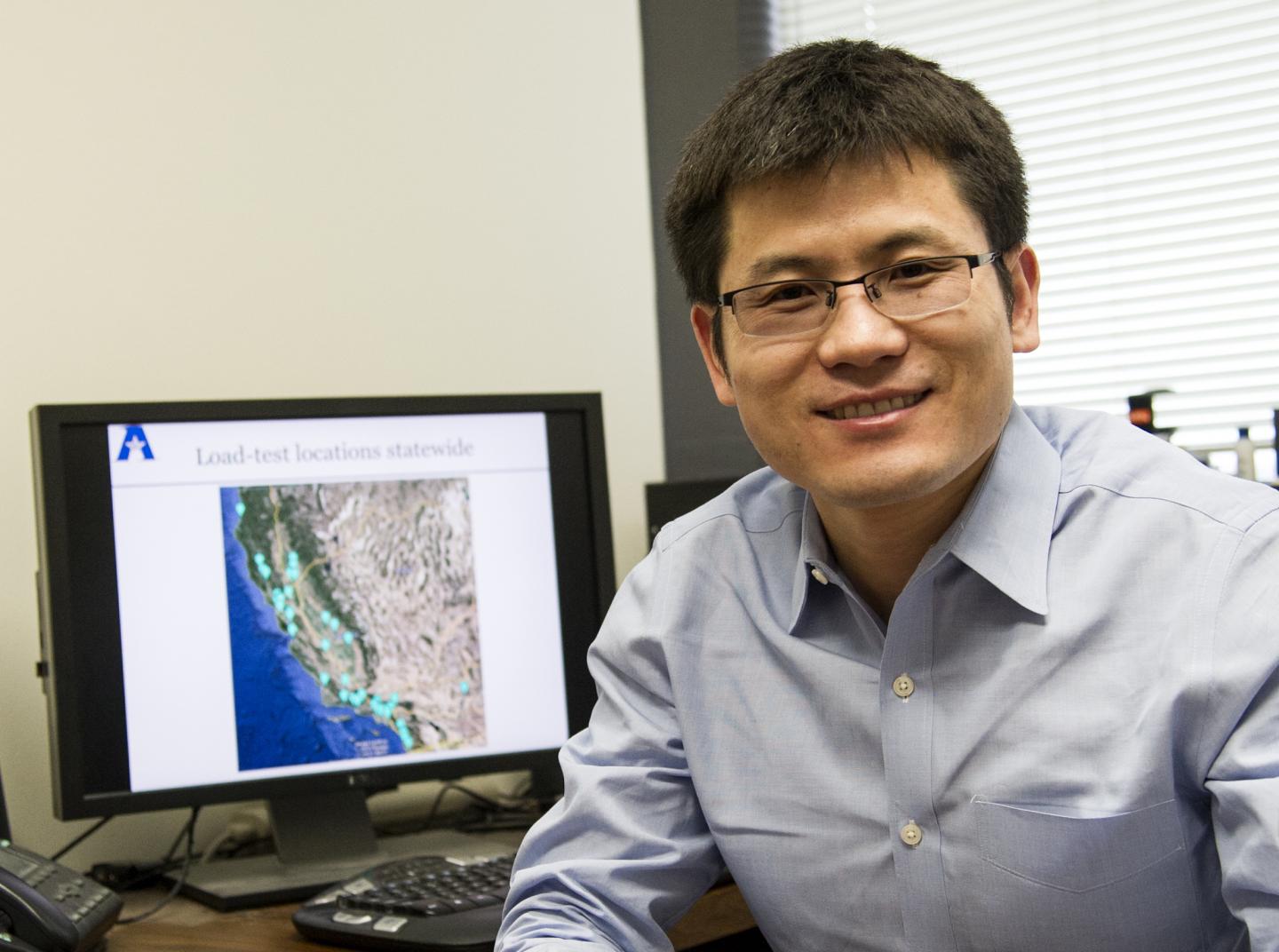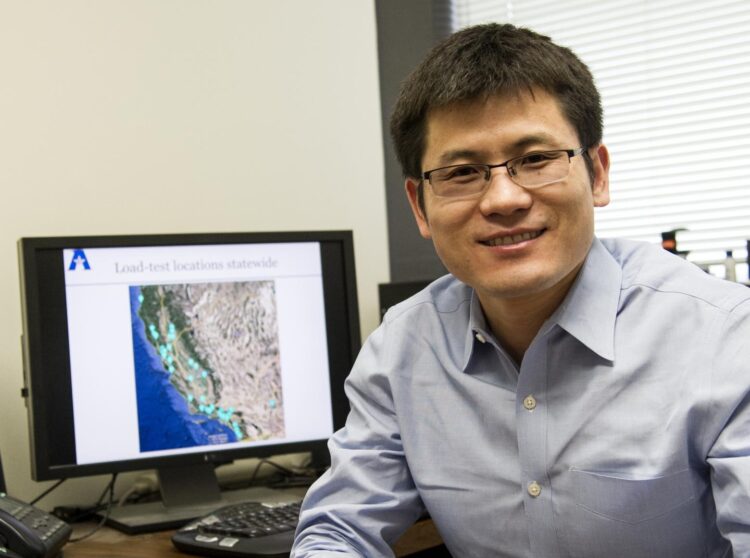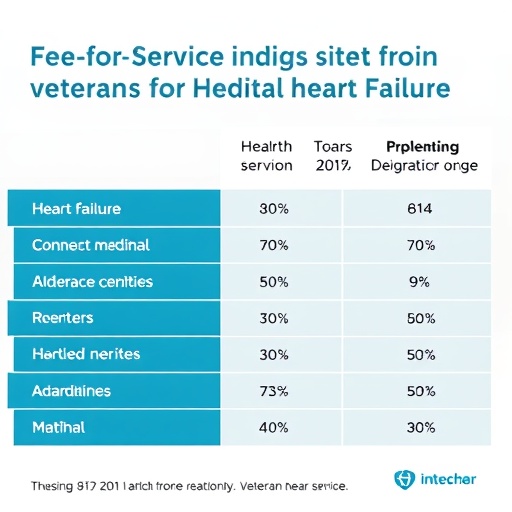De-icing system moving from test site to Texas bridge

Credit: UT Arlington
A geothermal de-icing system designed by researchers at The University of Texas at Arlington kept a test bridge mostly clear of snow and ice during the sub-freezing winter storm in February. Now the research team will install its system on an in-service bridge to see how it performs under operational conditions.
Xinbao Yu, associate professor of civil engineering, has received nearly $636,000 from the Texas Department of Transportation (TxDOT) to test the team’s design of geothermal loops beneath the bridge deck on a full-size bridge. The team is working with TxDOT to determine which bridge to use for the testing phase.
Anand Puppala, a former UTA civil engineering professor who is now at Texas A&M University, is co-principal investigator on the project and will lead the geothermal foundation work.
“Moving forward, we hope to prove that this technology is ready for large-scale use,” Yu said. “This funding is a critical next step because we need to test our system’s performance under operational conditions–not just snow, ice and freezing temperatures, but traffic, drainage, snowplows and other factors that we can’t replicate on our mock-up.”
On new bridges with geothermal de-icing systems, heating fluid pumps through a closed-loop circulation pipe to bring thermal energy from the ground to the surface. One end of the circulation pipe attaches to the bridge deck to melt ice and snow before it can stick to the surface.
Installing a similar system on the underside of existing bridges adds challenges, especially when it comes to ensuring heat goes to the bridge deck, not to the air.
Yu and Puppala have focused on creating new technology to accomplish this goal. Their original concept involved using panels that contained circulation pipes, but that hindered TxDOT’s ability to inspect bridge decks from below. So the researchers created a system that left open spaces between the pipes.
Because the system is modular, it is scalable to meet the demands of each particular bridge, which could include differing spans and number of lanes.
Ali Abolmaali, chair of the Civil Engineering Department, says that Yu’s work could significantly affect how TxDOT maintains roads during winter weather.
“I was very pleased to see that TxDOT trusts Dr. Yu to continue this timely and impactful innovative research,” Abolmaali said. “His abilities and creativity in research are progressive, bold and dynamic, and his findings could make Texas roads reliably safer.”
###
– Written by Jeremy Agor, College of Engineering
Media Contact
Herb Booth
[email protected]
Original Source
https:/





